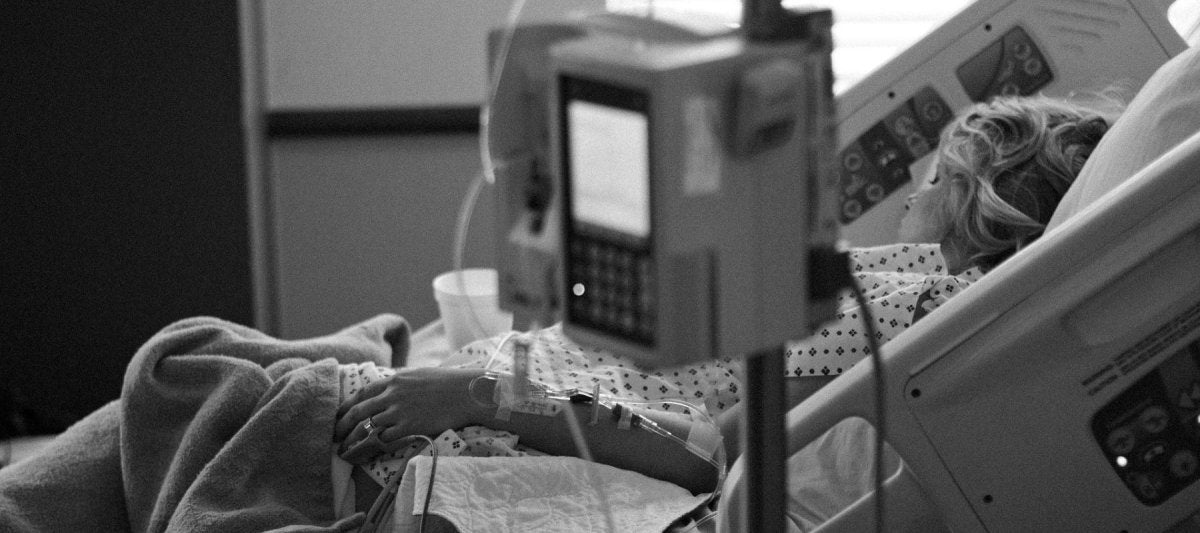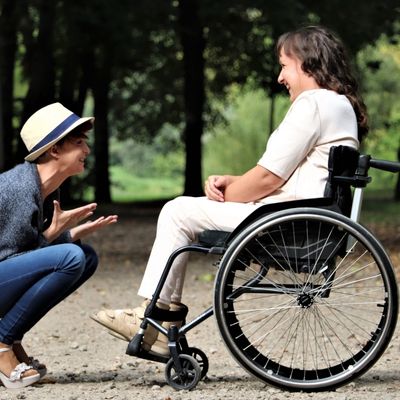Transitioning to a hospital bed at home can be a challenging experience for both patients and caregivers. This guide offers supportive strategies to help you navigate this change with confidence and comfort.
Understanding the Emotional Impact
The transition to a hospital bed at home often comes with a mix of emotions. Patients may experience feelings of loss of independence, anxiety, and frustration. Caregivers might feel stressed, overwhelmed, or guilty. It's important to recognize that these feelings are normal and valid.
Here are some common emotional challenges:
Emotional Challenges during Hospital Bed Transition
Creating a Supportive Home Environment
Adapting your living space can significantly impact your comfort and well-being during this transition. Consider the following tips:
- Arrange the room for easy access and movement
- Incorporate personal touches and familiar items
- Ensure proper lighting and ventilation
- Create a calm and soothing atmosphere
Choosing the right hospital bed is crucial for comfort and functionality. Here are two excellent options to consider:
For additional comfort, consider the ProTekt 100 Therapeutic Mattress, which is designed to distribute weight evenly and reduce pressure points.
Coping Strategies for Patients
Maintaining a sense of control and independence is crucial for patients adjusting to a hospital bed at home. Here are some strategies to help:
Effective Coping Strategies for Patients
Remember, it's okay to have difficult days. Be patient with yourself and celebrate small victories. If you're struggling, don't hesitate to reach out for professional support.
Support for Caregivers
Caregivers play a vital role in the transition process, but it's essential they take care of themselves too. Here are some tips for caregiver well-being:
- Set realistic expectations and boundaries
- Prioritize self-care and regular breaks
- Build a support network of family, friends, and professionals
- Communicate effectively with healthcare providers
- Seek respite care when needed
To make caregiving tasks easier, consider these helpful accessories:
Professional Support and Resources
While coping strategies can be helpful, it's crucial to recognize when professional support is needed. Mental health professionals can provide valuable assistance during this transition. Here are some resources to consider:
- Mental health counselors specializing in chronic illness and life transitions
- Support groups for patients and caregivers
- Home health care services
- Online communities for sharing experiences and advice
Remember, seeking help is a sign of strength, not weakness. Professional support can provide you with additional tools and strategies to navigate this transition effectively.
Cultural Considerations
It's important to acknowledge that cultural backgrounds can influence how individuals and families approach the transition to a hospital bed at home. Some cultures may have specific practices or beliefs related to illness, caregiving, or medical equipment in the home.
Cultural Diversity
1 in 5 Americans has a non-English speaking household member
Language Barriers
60% of patients with limited English proficiency report difficulty communicating with healthcare providers
Cultural Competence
85% of patients prefer healthcare providers who understand their cultural background
Healthcare providers and support services should be sensitive to these cultural differences and work with families to find solutions that respect their values while ensuring the best care possible.
Looking Ahead: Embracing the Journey
Transitioning to a hospital bed at home is a significant change, but with the right support and strategies, it can lead to improved comfort and quality of life. Remember these key points:
- Acknowledge and validate your emotions
- Create a supportive and personalized home environment
- Implement coping strategies for both patients and caregivers
- Seek professional support when needed
- Consider cultural factors in your approach
- Stay connected with loved ones and support networks
By focusing on comfort, maintaining independence where possible, and prioritizing emotional well-being, you can create a positive home care experience. Remember, you're not alone in this journey. Reach out to healthcare providers, support groups, and loved ones for assistance along the way.
For more information on creating a comfortable and safe home hospital bed setup, check out our guide on Creating a Safe and Comfortable Home Hospital Bed Setup.
If you're looking for additional resources or have questions about hospital beds and accessories, don't hesitate to contact us. We're here to support you every step of the way in your home care journey.













